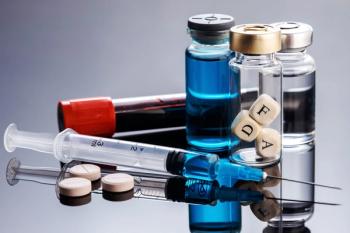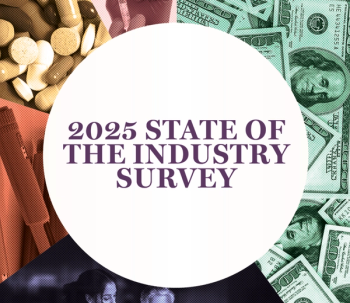
HPV Vaccine Still Highly Effective 17 Years After Introduction
Key Takeaways
- HPV vaccine remains effective in preventing infections and related cancers, even with incomplete dosing, 17 years after its introduction.
- The study highlights significant reductions in HPV positivity among vaccinated individuals, demonstrating strong vaccine effectiveness and herd protection.
A recent JAMA Pediatrics study revealed the enduring effectiveness of the HPV vaccine, highlighting its role in reducing cancer risk among young women.
Seventeen years after the HPV vaccine was first introduced,
Human papillomavirus (HPV) is the most common sexually transmitted infection worldwide. Low-risk types, such as HPV-6 and -11, can cause genital warts, while high-risk types, including HPV-16 and -18, are strongly linked to cancers of the cervix, anus and oropharynx in both women and men, according to study authors. Globally, HPV contributes to roughly 630,000 new cancer cases each year, with HPV-16 and -18 alone responsible for 71% of cervical cancers and 87% of anal cancers. HPV-related cancers disproportionately affect certain populations, with disparities observed across racial, ethnic, socioeconomic, and geographic lines. Cervical cancer remains a leading cause of death among women in many low- and middle-income countries.
In the U.S., three HPV vaccines have been approved: the two-valent Cervarix (2vHPV), the four-valent Gardasil (4vHPV) and the nine-valent Gardasil (9vHPV) vaccine. The 9-valent vaccine now protects against HPV types responsible for approximately 90% of cervical cancers. The CDC recommends routine vaccination for individuals ages 9 through 26, using either two- or three-dose schedules, while the World Health Organization (WHO) allows a single-dose option for people aged 9 to 20.
Although clinical trials show that all three vaccines work well, study authors of Cincinnati Children’s Hospital Medical Center suggest that real-world settings are needed to see how effective the vaccines are in different communities and among people at higher risk. These studies also help guide vaccine policies, cancer screening and public health programs.
Researchers looked at 17 years of HPV vaccine use, tracking trends in both vaccinated and unvaccinated adolescent girls and young women.
Participants completed surveys covering demographics, medical history and behaviors associated with HPV risk, including sexual history and race/ethnicity, ensuring diverse representation. Cervicovaginal samples were collected and genotyped for HPV using either the Roche Linear Array or TypeSeq2 assays.
Vaccination status was also confirmed through electronic health records or immunization registries. Statistical analyses included inverse probability weighting with propensity scores to adjust for differences between study periods, and logistic regression was used to estimate HPV prevalence and vaccine effectiveness over time.
Out of the 2,335 participants, the average age was 18.9 years. Most participants were African American (65%) or White (25%); over half (51%) reported a history of sexually transmitted infections, and nearly 79% had at least two lifetime male sexual partners.
HPV vaccination rates increased dramatically over the study period, rising from 0% of participants in 2006 to 82% in 2023. Of the 1,495 participants who received at least one dose of the vaccine, 71% received only the 4-valent vaccine, while 29% received at least one dose of the 9-valent vaccine. The proportion receiving the 9-valent vaccine increased over time as availability and recommendations changed.
The study demonstrated strong vaccine effectiveness across all types.
Out of the vaccinated participants, the proportion testing positive for at least one HPV type fell from 28% to 0.4% for the 2-valent vaccine, 35% to 2.1% for the 4-valent vaccine and 49% to 11.8% for the 9-valent vaccine. It was found that even among unvaccinated participants, HPV positivity decreased, suggesting significant herd protection within the community.
The study’s strengths include checking vaccination records for accuracy, including participants from diverse racial and ethnic backgrounds and using a design that accounted for differences in participants’ risk of HPV. Its limitations include fewer unvaccinated participants over time, difficulty separating the effects of the 4- and 9-valent vaccines, data coming from only one region and changes in the methods used to detect HPV during the study.
The authors recommend further research to look at long-term effectiveness, reduced-dose vaccine schedules and herd protection from the 9-valent vaccine. They also stressed the importance of expanding vaccination to boys and increasing global vaccine coverage to reduce HPV-related cancer disparities.
Newsletter
Get the latest industry news, event updates, and more from Managed healthcare Executive.






















































